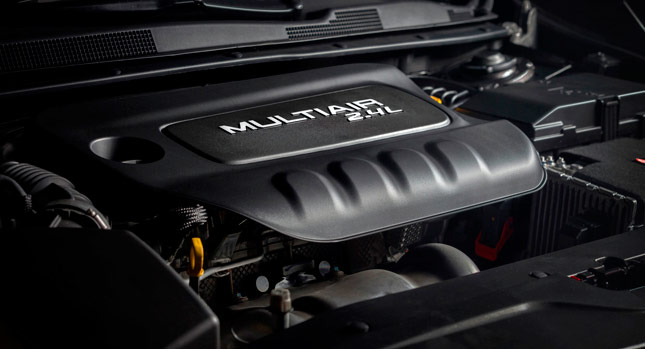Chrysler has expanded the availability of its Engine Stop-Start (ESS) system on the Chrysler 200 fitted with the 2.4-liter Tigershark engine and the Jeep Cherokee with the 3.2-liter Pentastar V6 unit (both mated to a 9-speed automatic).
Available in the third quarter for Jeep Cherokee and fourth quarter for Chrysler 200, the Stop-Start system delivers fuel-economy improvements of up to three percent compared with the conventional vehicle-engine pairings. Furthermore, CO2 emissions are estimated to be up 3 percent lower in the two vehicles fitted with ESS.
The Engine Stop-Start system made its NAFTA-region debut in the Ram 1500 full-size pickup. Chrysler says ESS accounts for a one-mpg city-cycle fuel-economy gain in the Ram, the most fuel-efficient truck in its segment. The technology consists of a high-speed/high-durability starter that reduces crank time, culminating in quicker restarts. The function is regulated by algorithms that act on a vehicle’s powertrain and chassis components.
As a result, acceleration is always aligned with driver inputs. Passive accelerator application is met with measured throttle response, while hard inputs trigger aggressive starts. Basically, the system cuts fuel flow and turns off the engine when the vehicle brakes to a stop to save gas and reduce emissions.
When the brake pedal is released, the engine automatically restarts and the nine-speed automatic transmission is engaged, all within 0.3 seconds. Cars fitted with ESS also have beefier batteries to maintain other vehicle systems so in-cabin comfort is unaffected. Finally, if for some reason a driver wants to switch off ESS, it can be deactivate at the push of a button.
By Dan Mihalascu
PHOTO GALLERY




